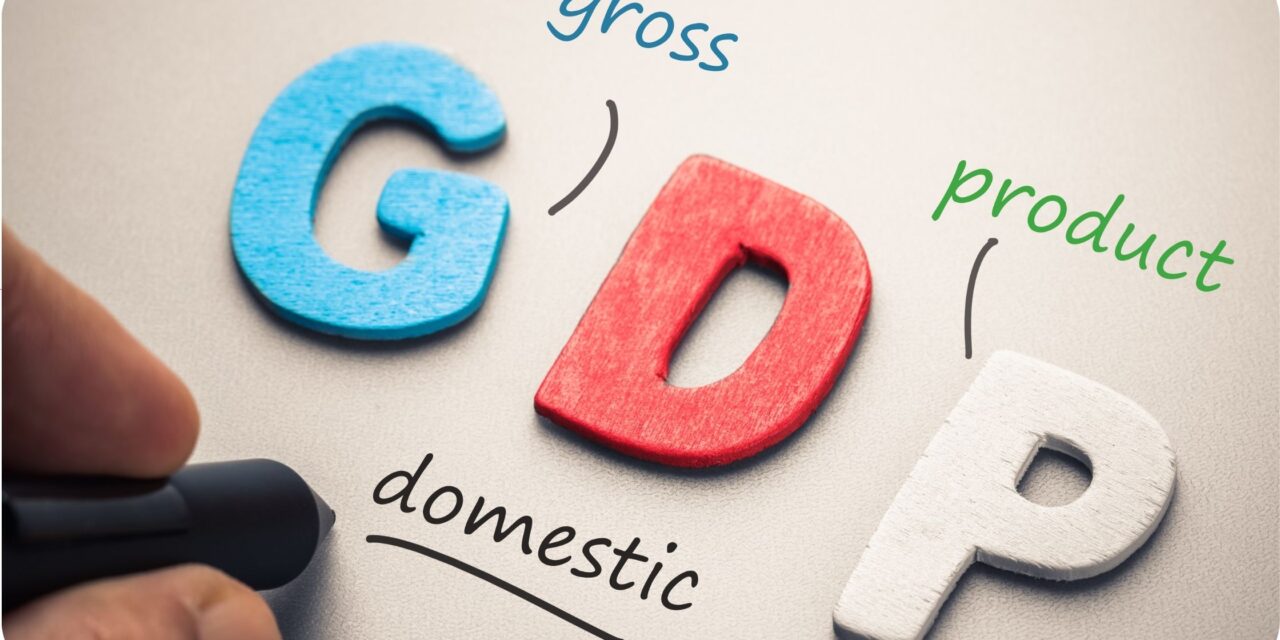What can we expect?
China and Singapore are the first Asian countries to unveil their 1Q21 GDP performance, while three Asian central banks including Singapore assess monetary policy next week
China
There has already been an exceptional surge in activity in Chinas Jan-Feb numbers with Marchs to be released with Q1 numbers. China was obviously the first to suffer from the Covid slump which dented its Q1 2020 GDP numbers down to -6.8% year-on-year. However, this ultimately positioned it for a positive bounce in yearly growth in the first quarter of this year. We have already seen a 61% YoY jump in exports and around 35% YoY in industrial production, fixed investments and retail sales for Jan-Feb.
Many predictions have been flouted around the actual Q1 GDP growth number with estimates ranging from 12% all the way upto highs of 22% with our own estimates at 16% YoY growth. Given these numbers and improved outlook this week by the IMF one can only see upside at this point in global recovery. However the sceptic in me would advise to heed the IMF warning regarding the uneven nature of the global recovery with emerging nations having a much slower vaccine rollout among other challenges.
Singapore
The base effect was less pronounced for Singapore, and so will be the bounce back. However, we don’t think it would be as bad as some in the market see it with their negative growth forecast for 1Q. On the contrary, we expect Singapore to be among the first few Asian economies reporting positive GDP growth in 1Q, albeit mildly positive. The electronics-led export surge is leading Singapore’s way out of the record economic slump of last year. Underpinning this further next week will be the non-oil domestic exports figures for March. We consider our +0.2% YoY 1Q GDP view subject to more upside than downside risk.
Elsewhere, manufacturing and trade releases from India and Indonesia should inform about the 1Q GDP performance of these economies. At the same time, Australia and Korea’s jobs reports should do the same about their GDP growth.
Elsewhere on the Continent
No fireworks expected from the Bank of Korea or the Reserve Bank Of New Zealand with both expected to keep their policy rates on hold.
India’s CPI inflation data for March comes a bit late for the Reserve Bank of India after the central bank left the main policy rates unchanged at the meeting this week but opened its liquidity taps wide to soften the impact of Covid-19 second wave. But this data still matters for the RBI’s future policy course, especially as inflation has started to rise towards the top end of the RBI’s 2-6% policy target range. Our forecast for March is 5.7% YoY, up from 5.0% in February.
Source: ING





